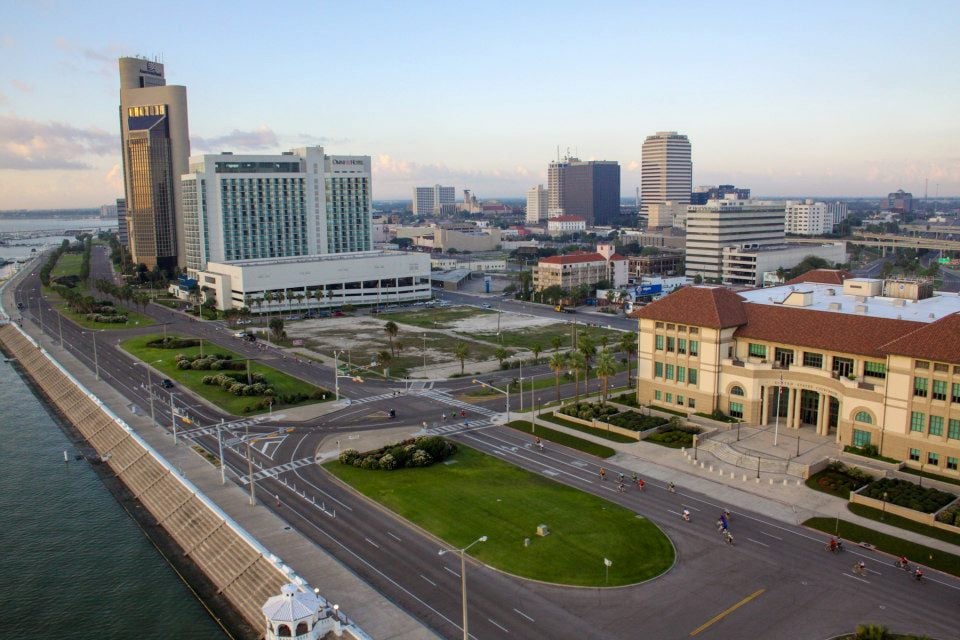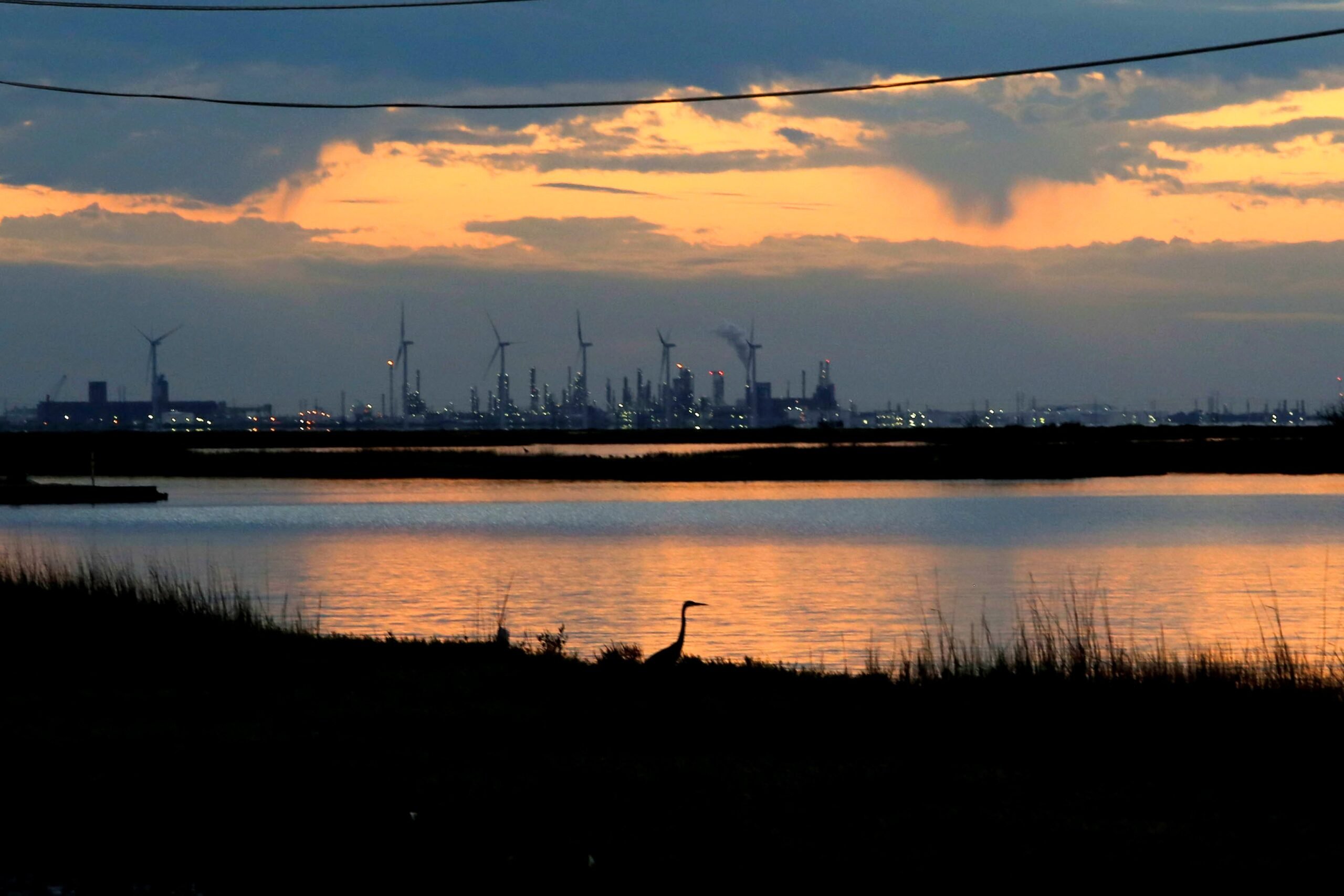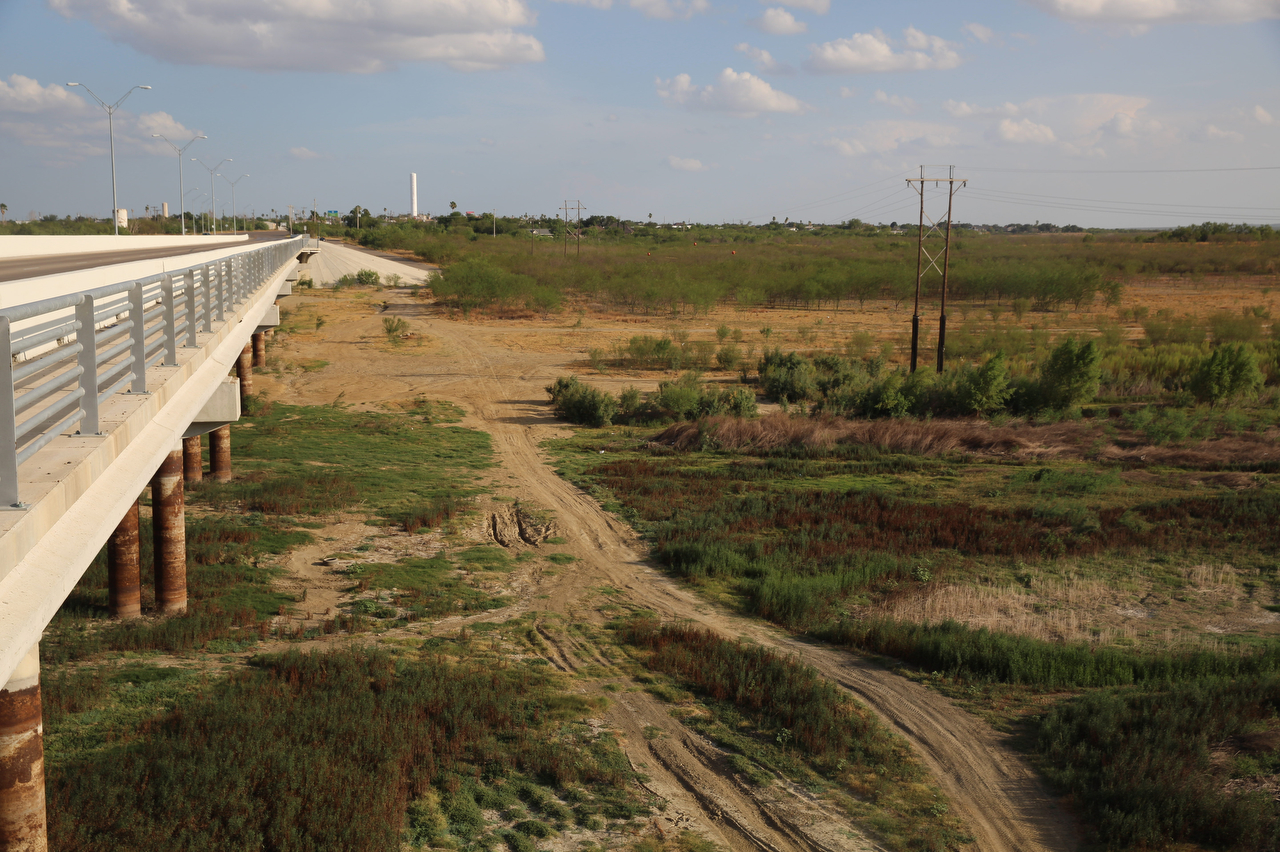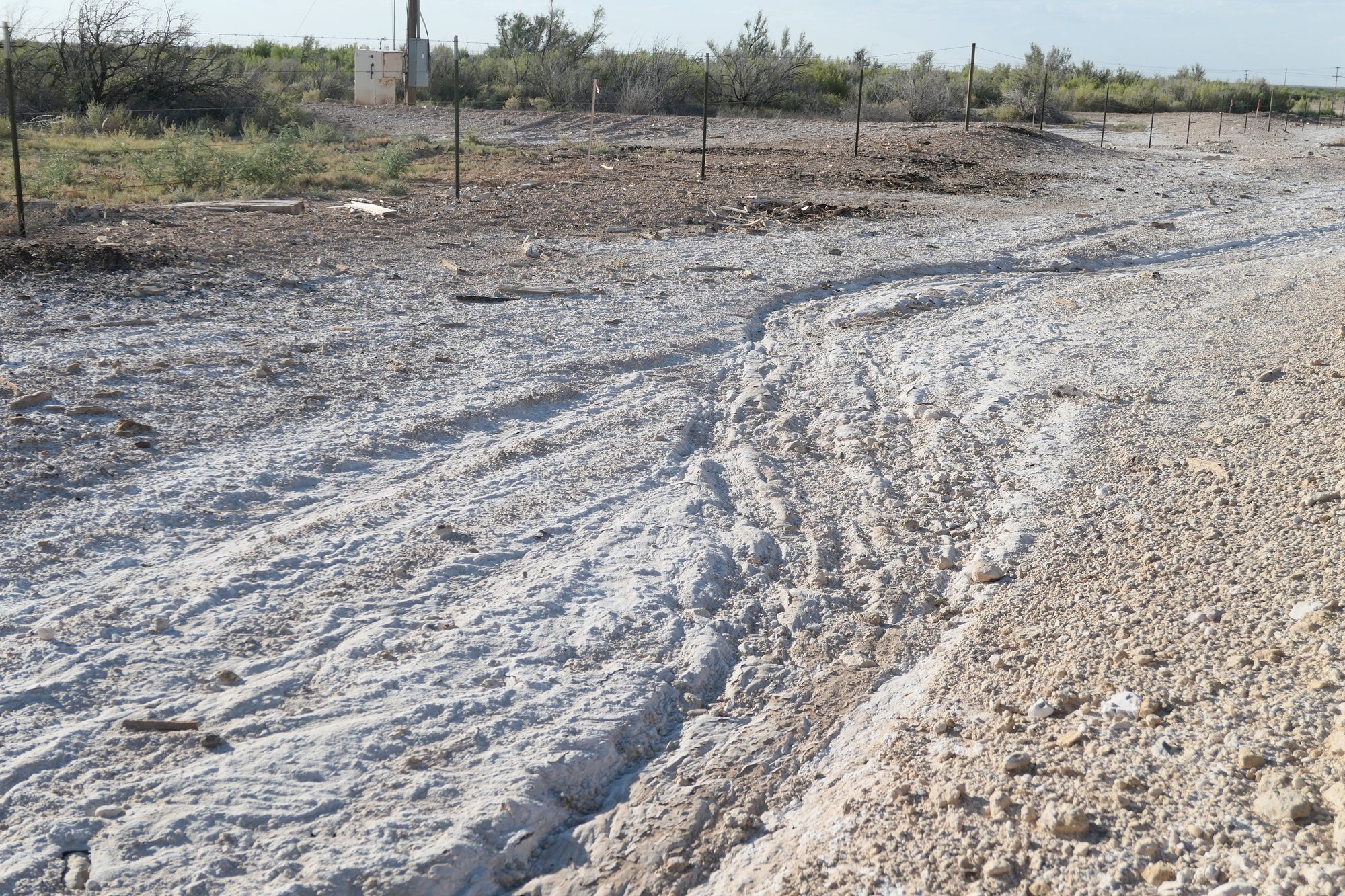
Why Environmental Groups Are Salty on Corpus Christi’s Pricey Desalination Plan
Despite the cost, logistical challenges and environmental side effects, city officials are moving forward on their plan to bolster Corpus Christi's water supply.

A version of this story ran in the October 2018 issue.
Having tried little else to save its water supply, Corpus Christi is considering an option that no other Texas city has embraced: seawater desalination. The strategy has long been considered a far-in-the-future option because of its cost, logistical challenges and environmental side effects. Nonetheless, Corpus is plunging ahead in the hopes of diversifying its water supply, which consists entirely of three shallow surface water lakes that rapidly shrink during droughts. City officials argue that desalination would provide an uninterruptible supply of water for the city’s growing port and industrial area.
In March, the Port of Corpus Christi applied to the state environmental agency for a permit to build a desalination plant, saying it wanted to help the city get the project planning started. Then, in August, Seven Seas Water Corporation, a Florida company, floated a proposal for a desalination plant, just two days after Corpus formally solicited ideas for alternative water supply projects. Both proposals are tentatively slated for Harbor Island, near Port Aransas, and it’s thought that most of the water would be used by industry.
Opposition is already forming, pitting Corpus officials against environmental groups and Port Aransas residents. The Port Aransas Conservancy worries that the briny leftovers from the desalination process will be dumped into Redfish Bay, a popular fishing area adjacent to Harbor Island, increasing its salinity and choking marine life. “We’re a fishing village and our economy is based on tourism,” said Port Aransas Mayor Charles Bujan. “There are certain ways to do [desalination] and do it safely. It’s not by putting an intake and discharge pipeline in our channel.”

Corpus Christi Mayor Joe McComb said it was too early to assess the environmental impacts. “We’re not going to do anything negative to Port Aransas,” McComb told the Observer. “We’re not interested in being detrimental and will be very cautious.”
Environmental groups have questioned why Corpus hasn’t pursued cheaper alternatives, water conservation in particular. A regional planning group found that capital costs alone for a desalination plant in the Corpus area could run up to about $250 million. Though the city has made modest strides in using less water, its current per-person consumption is 192 gallons per day — much higher than the statewide average of 138 gallons. Other drought-prone cities in Texas, such as El Paso and San Antonio, have taken aggressive measures to reduce water use, such as paying residents to xeriscape their lawns. Corpus still hasn’t implemented similar initiatives proposed in its 2013 water conservation plan.
Still, McComb told the Observer that water conservation efforts are a “Catch-22” because any water saved would evaporate or be released into the bays as required by law. McComb’s view is “shortsighted,” said Jace Tunnell, the reserve director at the University of Texas’ Marine Science Institute in Port Aransas. “Conservation is always the No. 1 strategy.”
McComb said that without a reliable supply of water, industries are unlikely to invest in Corpus Christi. Texans for Natural Gas, an industry group, is running ads on Facebook attacking the activists opposed to the plant.
McComb said the city is overly dependent on rainfall refilling the lakes and needs to diversify its sources. “We don’t want water to be a problem,” McComb said. “Failure is not an option.”


